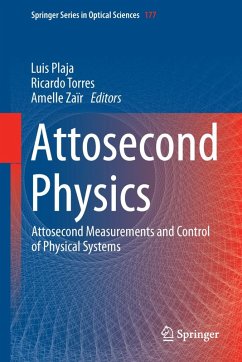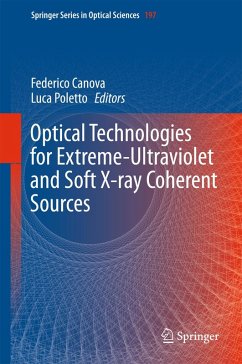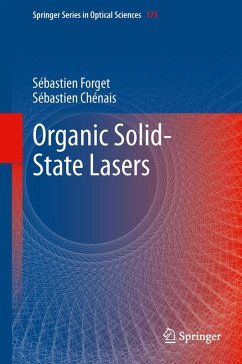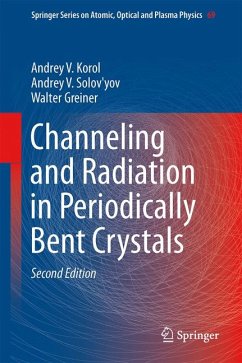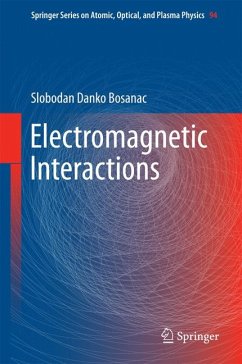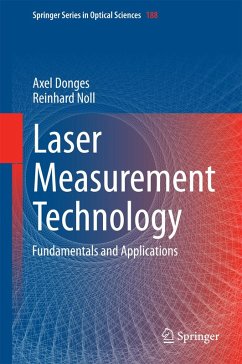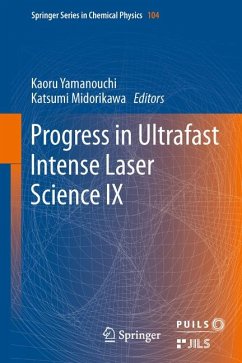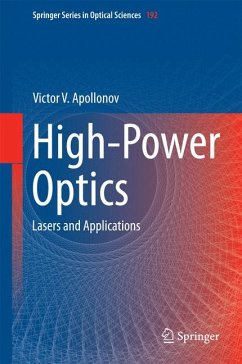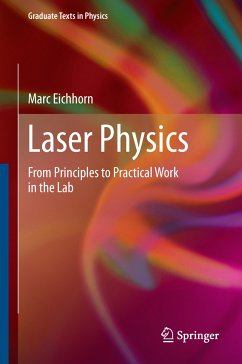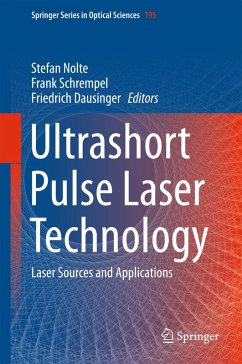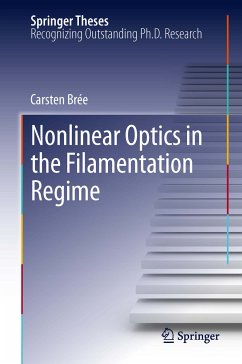
Nonlinear Optics in the Filamentation Regime (eBook, PDF)
Versandkostenfrei!
Sofort per Download lieferbar
72,95 €
inkl. MwSt.
Weitere Ausgaben:

PAYBACK Punkte
36 °P sammeln!
This thesis provides deep insights into currently controversial questions in laser filamentation, a highly complex phenomenon involving nonlinear optical effects and plasma physics. First, based on the concrete picture of a femtosecond laser beam which self-pinches its radial intensity distribution, the thesis delivers a novel explanation for the remarkable and previously unexplained phenomenon of pulse self-compression in filaments. Moreover, the work addresses the impact of a non-adiabatic change of both nonlinearity and dispersion on such an intense femtosecond pulse transiting from a gaseo...
This thesis provides deep insights into currently controversial questions in laser filamentation, a highly complex phenomenon involving nonlinear optical effects and plasma physics. First, based on the concrete picture of a femtosecond laser beam which self-pinches its radial intensity distribution, the thesis delivers a novel explanation for the remarkable and previously unexplained phenomenon of pulse self-compression in filaments. Moreover, the work addresses the impact of a non-adiabatic change of both nonlinearity and dispersion on such an intense femtosecond pulse transiting from a gaseous dielectric material to a solid one. Finally, and probably most importantly, the author presents a simple and highly practical theoretical approach for quantitatively estimating the influence of higher-order nonlinear optical effects in optics. These results shed new light on recent experimental observations, which are still hotly debated and may completely change our understanding of filamentation, causing a paradigm change concerning the role of higher-order nonlinearities in optics.
Dieser Download kann aus rechtlichen Gründen nur mit Rechnungsadresse in A, B, BG, CY, CZ, D, DK, EW, E, FIN, F, GR, HR, H, IRL, I, LT, L, LR, M, NL, PL, P, R, S, SLO, SK ausgeliefert werden.




